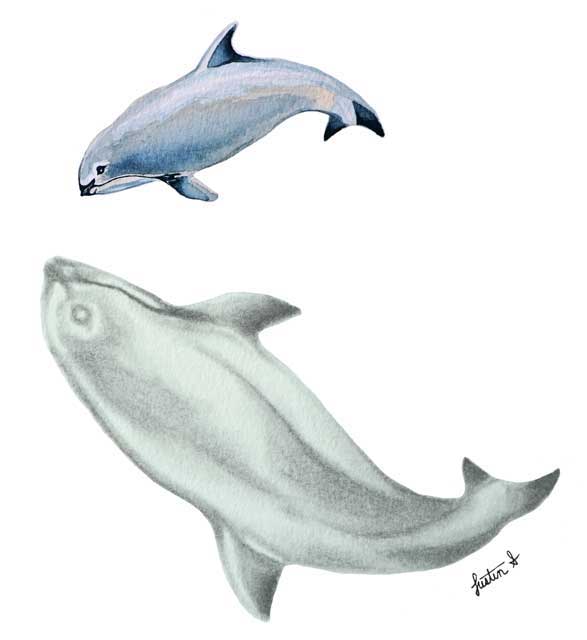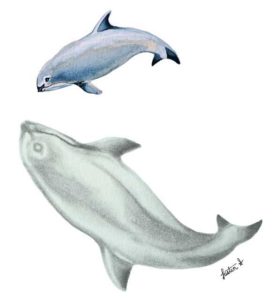
Vaquita Rescue Program Setback

A rescue program to save the vaquita, the world’s most endangered cetation (whales, dolphins and porpoises), has not started off well. Earlier this year, I reported that there were only an estimated 30 vaquitas left in the world. That number may now be down to 15 or less. The ambitious program to save vaquitas experienced a setback when a captured female died.
Population Surveys
Based upon population surveys conducted during the last 20 years, the vaquita has never been known to have very large populations. Even still, the populations have dropped dramatically. In a 1997 survey, the vaquita population was estimated to be around 567 individuals. In 2008, the population had dropped to an estimated 245 individuals. Then again, in 2015, the population was estimated to only be 59 individuals. Now there may be less than 30, with some estimating only 15 left. If this number is accurate, there may be no way to save the species.
Captive Breeding
The Mexican government and several conservation organizations have raised funds to implement a conservation program for captive breeding. The program includes several million dollars for the construction of marine holding tanks to house captured vaquitas. Because so much about the behavior and life cycle of vaquitas is unknown, marine biologists are not certain that the vaquita can be bred successfully in captivity.
Fragile Species
The vaquita appears to be a very fragile species. They suddenly and quickly die from the stress of capture, even if released shortly after. This year, as part of the rescue effort, two vaquitas, a calf and a female, were captured. The calf was transported to a sea pin, however the calf was so stressed in the enclosed environment that it had to be released. A second attempt was made a little while later, this time capturing a female. The female, too, became very stressed and was quickly released, but died shortly after. The capture program has ended as a result. The fragile nature of vaquitas may help to explain why populations have plummeted over the last few years. They just don’t survive capture and drown quickly when trapped in gill nets.
Some Good News
With the end of the capture program, the only hope left is to enforce a ban on gill netting in the Gulf of California. Some already think we are past the point of no return. There is, however, some good news. During the search for vaquitas to capture, researchers noted several females with calves, a sign that they are still breeding in the wild.
For more information, click on the links below.
http://www.sciencemag.org/news/2017/10/hail-mary-disappearing-vaquita